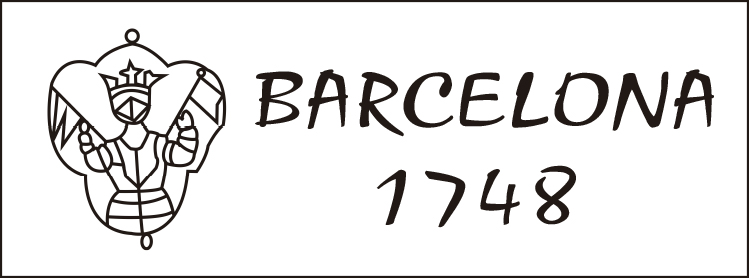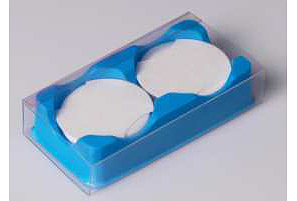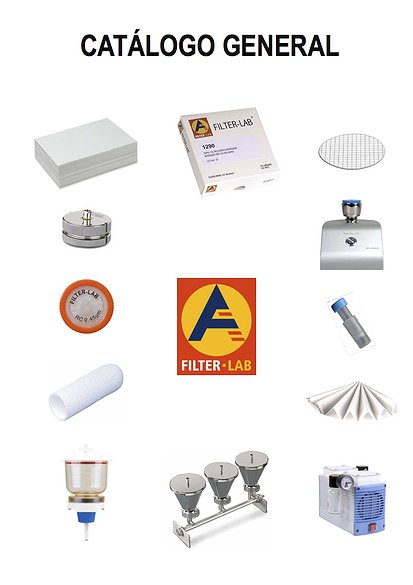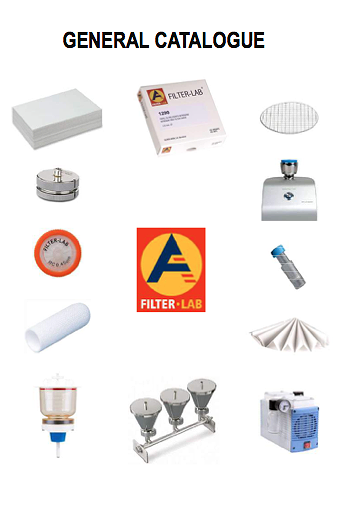These membranes are made from pure polypropylene, and therefore have excellent chemical compatibility against most of organic solvents.
Polypropylene is a material with an extremely low level of removals and is therefore recommended for filtration of samples in ion chromatography, to prolong the life of the column.
This is the preferred membrane filtration HPLC samples where the levels are below detection 230 nm.
Another important feature is its low nonspecific adsorption which is ideal for the filtration of critical samples with little presence of proteins.
Due to their hydrophobic nature, are used in industrial processes such as filtration of gases.
It is also interesting that a membrane to be a pure hydrocarbon, has no problem removing halogenated compounds as can happen with materials such as PTFE or PVDF.
Supplied in pores of 0.22 and 0.45 microns, and 25 in diameter and 47 mm in diameter.
Bubble point with alcohol (minimum value)
0.22 µm 0.8 bar | 80 Kpa
0.45µm 0.11 bar | 11 Kpa
Flow rate with alcohol 25ºC (∆p=0.7 bar) ml/min/cm2 0.22 µm ≤ 60
0.45 µm ≤ 140
Permeability to air (m3/m2/24 hours) ∆p= 0.01 Mpa
0.22 µm 5.23
0.45 µm 6.83
Thickness: 0.170 – 0.200 mm
Membrane material
Polypropylene (PP)
Diameters: 25 and 47 mm.
Pores: 0.22 and 0.45 µm
Maximum temperature of use ≤ 50ºC
Extractables with water: No
Chemical compatibility: 1 – 14 pH
Reaction to water: hydrophobic






